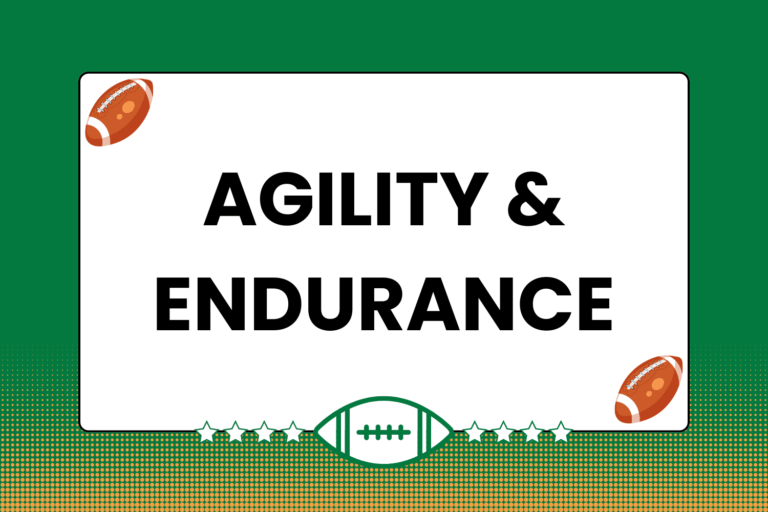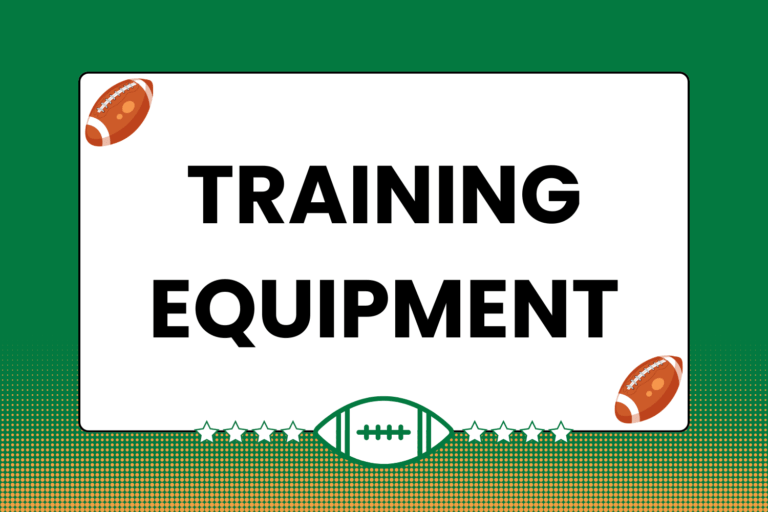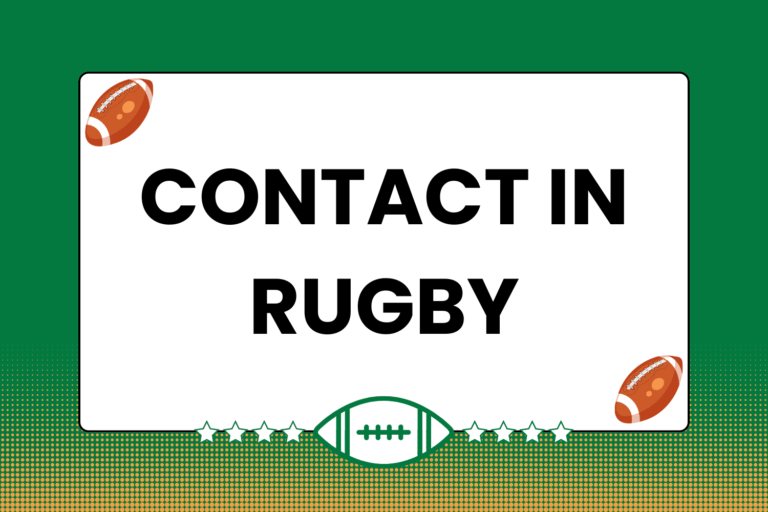The skill set required to play the game of rugby is fairly diverse. Depending on the position, certain attributes are more highly coveted than others; the ability to pass accurately is obviously important for all players, but it’s easy to see how it would be more important for the scrum half than it would be for the prop. However, if there’s one characteristic that all players should continuously strive to improve, it’s strength.
Much like the different positions require different skill sets, different players need to be strong in different ways. Backs need to be able to evade and fight through contact; forwards must be successful in possession contests. Regardless of the different areas of strength, there are certain types of exercises that are specifically designed to boost all-around strength and athletic ability. Olympic-style lifts are perfect examples of such activities.
Olympic Lifts Explained
Performing Olympic lifts requires only two pieces of equipment: a standard 45-pound weight bar (including clips), and a set of weight plates. If you’re looking to learn/perform them in a gym or fitness center, check with the staff first and make sure they don’t have any restrictions on the kinds of exercises that can be performed in their facility. In addition to the simplicity of the equipment, one of the main reasons that Olympic lifts are so beneficial is because they incorporate literally almost the entire body. Different lifts do focus on different areas, but every lift has you working from your neck down to your toes. Some areas get a big strength boost, while others get acclimated to quickly transferring power from one place to another.
The nature of Olympic-style lifting requires an overwhelming emphasis on learning and applying proper technique. With other types of lifts, the athlete can rely on sheer strength instead of technique. The bench press is a good example of this; it’s a much simpler lift in nature, and someone whose technique isn’t great can still perform it adequately if he is strong enough. As a result, this guide will provide a general overview of the proper technique for a few different Olympic lifts.
A word of caution: it cannot be stressed enough how crucial proper technique is when performing these lifts. The vast majority of the injuries that occur during Olympic lifts come from improper technique, not the amount of weight being lifted. Do not attempt any of these lifts without proper training and supervision.
The Power Clean
An excellent example of the full-body workout, the power clean is a lift that’s accomplished in one smooth motion. That motion is broken down in a few stages, but unlike other lifts there is no pause between the different stages of the lift. Here’s a breakdown of the different stages:
Starting Position: Feet shoulder-width apart, knees bent, and hips low; you should look like you’ve been frozen while getting up from a chair. Keep the back straight and head up. Grip the bar so your hands are approximately shoulder-width apart as well, although this can be changed slightly according to comfort.
First Move: Start to pick the bar up by straightening the knees. Keep the back straight and the hips behind the feet. This move happens slowly.
Second Move: As soon as the bar reaches the knees, several things should happen simultaneously. The hips should come forward, the legs and back should straighten, and the shoulders should shrug the bar upwards. All of these should happen very quickly.
Third Move: Continue the upward momentum of the thrust by raising up on the toes of both feet. Keep the elbows straight, and continue the shoulder shrug as much as possible.
‘Racking the Bar’: When the upward momentum generated by the first, second and third moves is at its peak, transition from a standing shrug to a squat position. At the same time, bend the elbows and rotate the wrists, bringing the chest just under the bar. Allow the bar to rest on the chest, and stabilize your balance in the squat position.
Finishing: Once balance has been established, come to a full standing position.
You can also perform different subsets of the power clean, either to focus on specific muscle groups or to improve your technique in particular areas. The most common variation of the power clean is the hang clean. It’s basically a power clean broken up into two distinct movements instead of one fluid motion. You do everything the exact same, except that you bring the bar to rest for a moment on the thighs before shrugging it up to your chest. The hang clean may be preferable when lifting more weight.
Hot Tip: See For Yourself
Be sure to check out the Power Clean technique video in the sidebar to the right. Sometimes it’s much easier to understand how an exercise works when you actually see it demonstrated for yourself.
The Clean and Jerk
Unlike the fluid motion of the power clean, the clean and jerk lift features two distinct movements. The first of those movements is simply a power clean; the second move is to transfer the weight bar from the chest to over the head. The other option with the clean and jerk is to perform a hang clean instead of a power clean. Because of this choice, the steps below will start with the bar already on the chest:
- First Move: Once you’re ready, bend slightly at the knees and push off the ground as quickly as possible. The more you bend, the more momentum you’ll be able to generate, but the harder it will be to explode upward.
- Second Move: As you explode upward with your legs, your arms should continue pushing the bar upwards as much as possible and lock at the elbows, so the bar is directly overhead. At the same time, reposition your feet to absorb the weight that you’ll feel when your upward momentum runs out. Some people simply widen their stance, while others put one foot forward (like a lunge) and the other behind. This is a matter of preference and comfort.
- Finishing Move: Once your arms are locked and your body is fully beneath the bar, bring your legs back under you until you’re standing completely upright and the bar is fully overhead.
The clean and jerk works your body similarly to the power clean, but the addition of the second move requires more effort for one repetition, and taxes your muscles differently.
The Benefits of Olympic Lifts
Aside from their technical and structural differences, all Olympic lifts provide a full-body workout that will help improve several athletic attributes, including:
- Strength
- Flexibility
- Hypertrophy (muscle size and bulk)
- Explosiveness (generating quick, powerful movements)
- Coordination
- Balance
- Endurance
- Body positioning control
- Bone Density
Rugby players are certainly not the only athletes who can benefit from incorporating Olympic lifts into their workout regiment, though it’s easy to see how doing so would go a long way to improving your football abilities. Remember, technique is the key. You’re not training to be a competitive lifter; you’re trying to improve as a football player. The more your technique improves, the more weight you’ll lift, and the more successful you’ll be on the rugby field.





